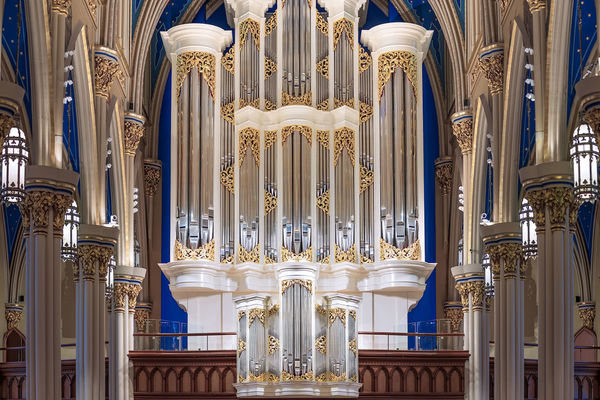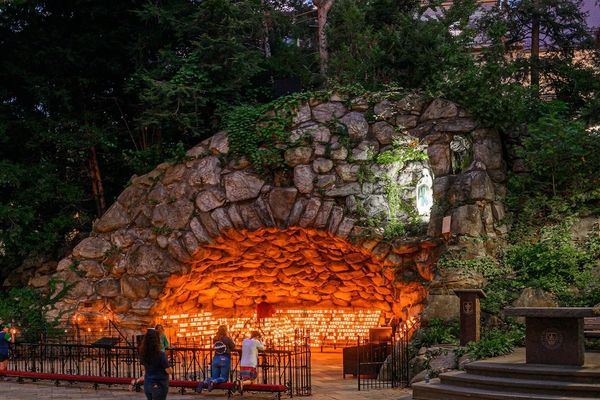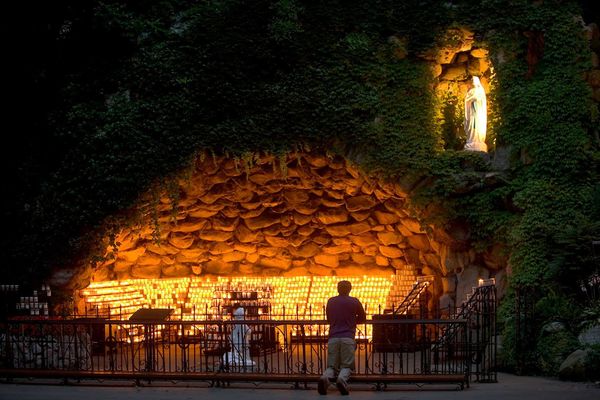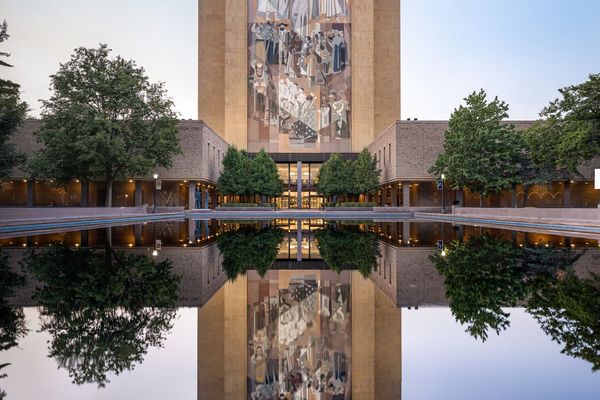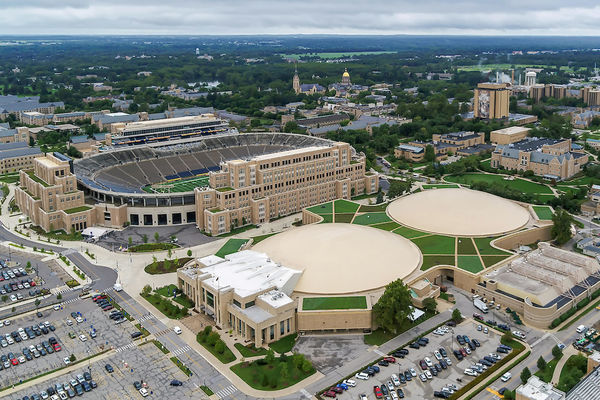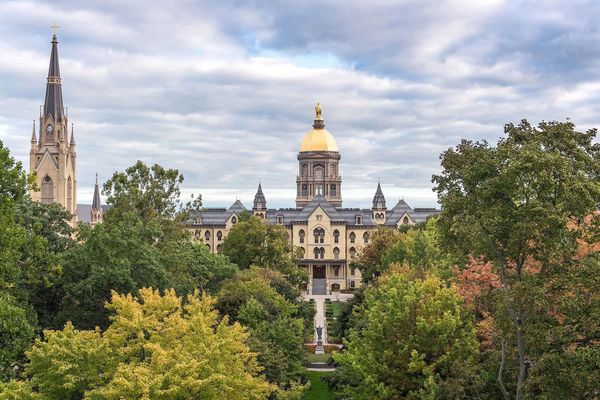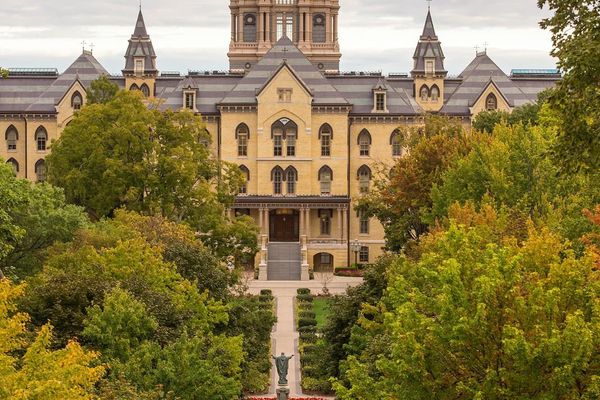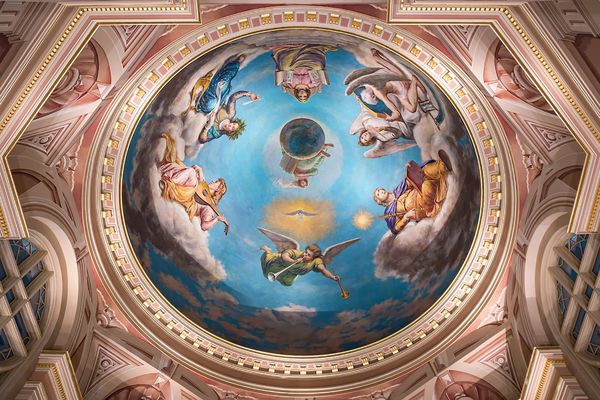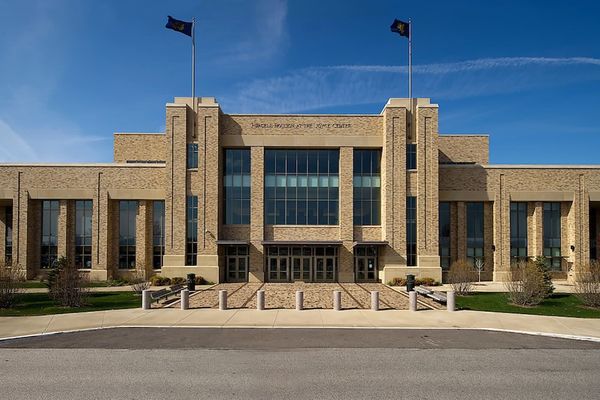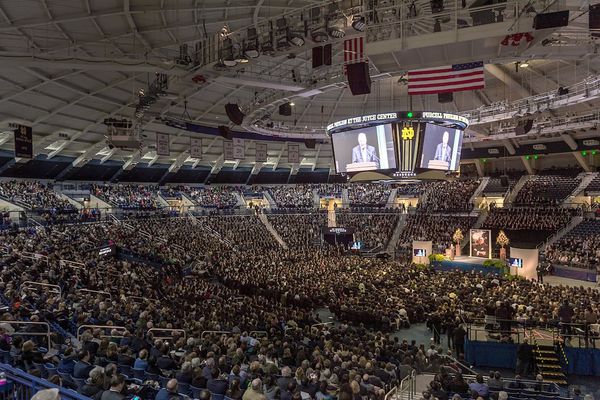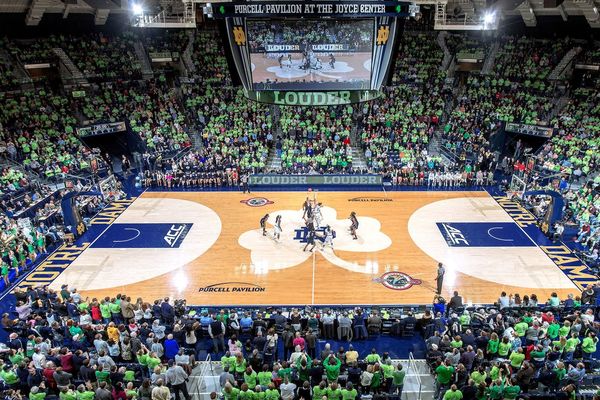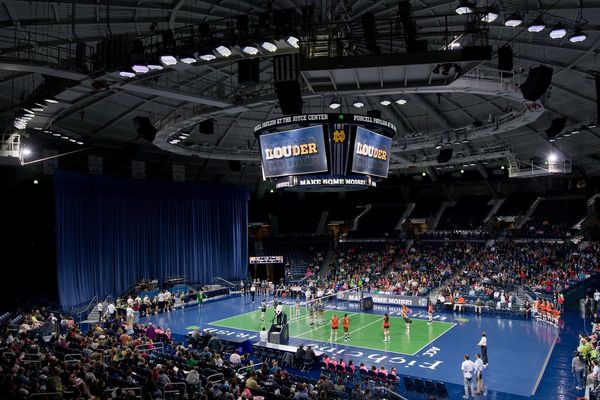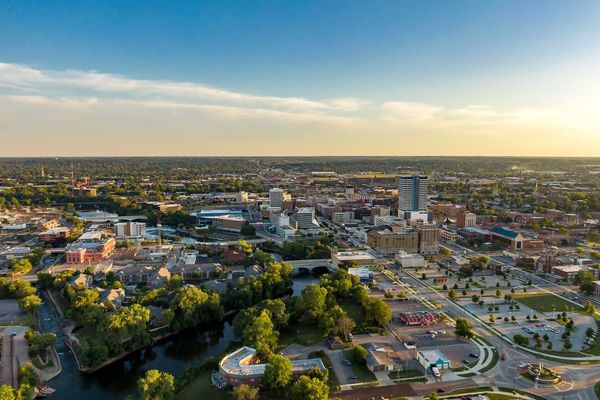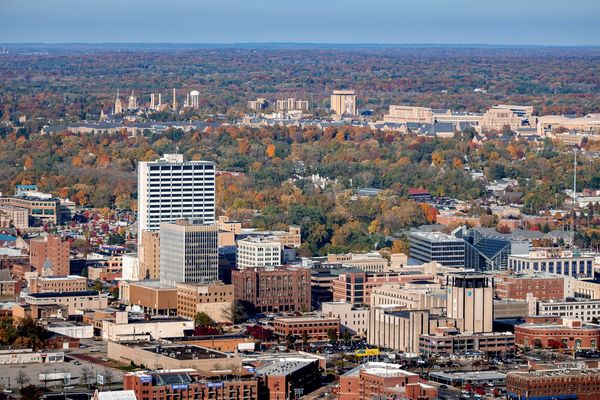Purcell Pavilion: Hesburgh Memorial Service
Purcell Pavilion at the Joyce Center serves as a principal venue at the University of Notre Dame for numerous major events, including a 2015 ceremony in tribute to the late Rev. Theodore M. Hesburgh, C.S.C., the University’s president from 1952 to 1987. Six sitting U.S. presidents have served as the commencement speaker at Notre Dame, more than for any institution of higher learning other than the military academies, and five of those speeches — from Jimmy Carter, Ronald Reagan, George H.W. Bush, George W. Bush and Barack Obama — were delivered in Purcell Pavilion at the Joyce Center, the arena in which the first 2020 Presidential Debate will be held. Dwight Eisenhower in 1960, prior to the construction of the Joyce Center, was the first sitting U.S. president to speak at a Notre Dame commencement ceremony. (Photo credit: University of Notre Dame)

